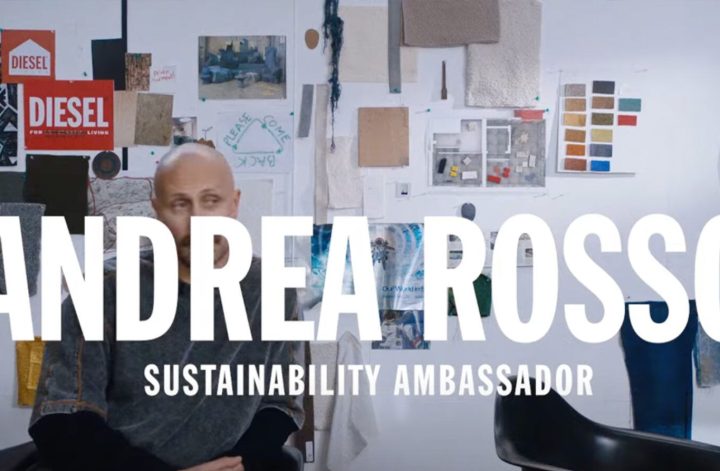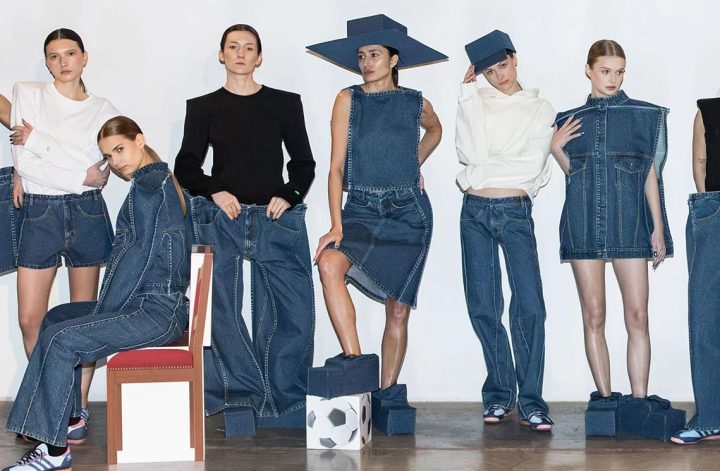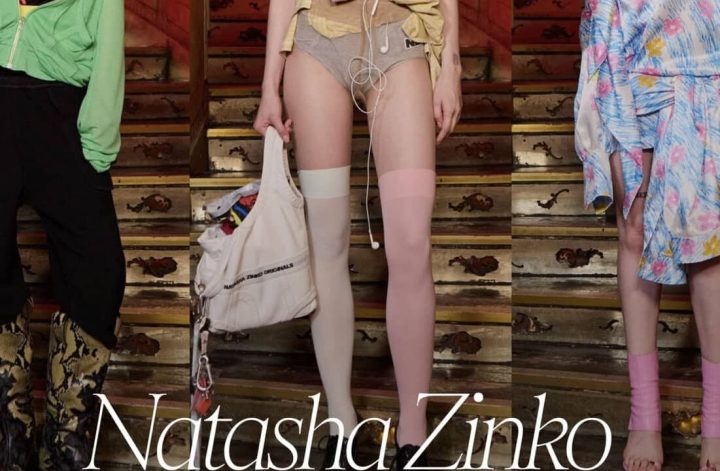Curiosity and passion are the two most distinguishing traits of Andrea Rosso’s personality. We wanted to find out more about the “person” Andrea. the man behind Diesel’s sustainability program. But let us first introduce you properly:-)
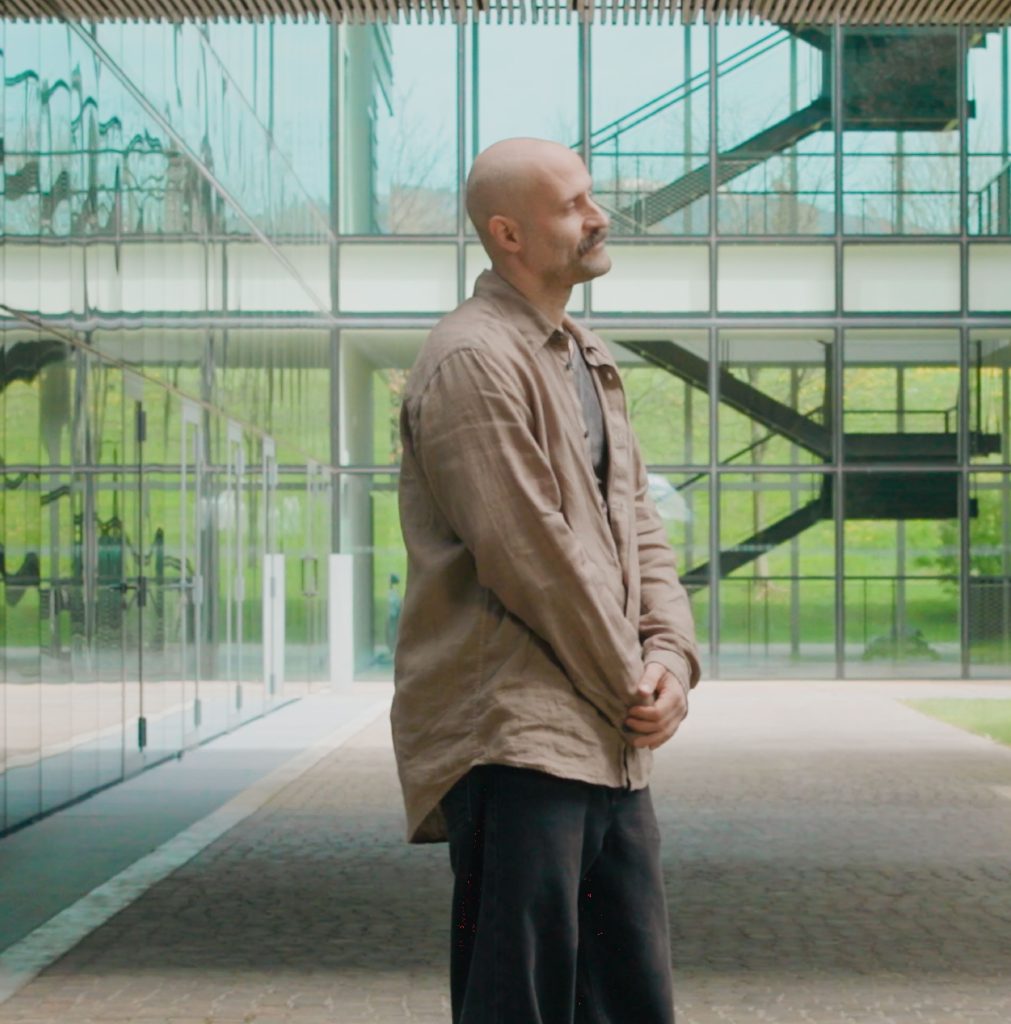
Born and raised in Bassano del Grappa, Andrea relishes coming back in his hometown where he can be close to his friends and family, and the lifelong creature comforts that fuel his creativity. Music, graphic art and flea markets are all important pursuits that help him steer his passion to exciting new heights.
Andrea is a descendant of Diesel, so it comes as no surprise that he was instinctively drawn to the fashion business. In preparation, he studied pattern cutting in Padua, Italy, but it was while studying English in California that he discovered a love for nonconformist skills such as graphics, art and a passion for all things vintage. From there, he went on to New York to study Textile Development and Marketing at the Fashion Institute of Technology, and ultimately, to begin conceiving his role inside the family business.
Andrea led the creative development of the Diesel Living collection, initially launched in 2008 as an assortment of home textiles. Today the Diesel Living collection extends the brand’s lifestyle and attitude to a vast world of design, adopting important long-term partnerships with leading players in the interior design field: Moroso for furniture, Lodes for lighting, Scavolini for kitchen and bathroom, Iris Ceramica for ceramic tiles and Berti for wooden flooring, Seletti for home accessories and Caleffi for home linens.
In 2014 Andrea launched his own fashion project collecting all his passions: MYAR, a collection of used military originals that Andrea procured personally in vintage markets and visited old depots hunting for functional details and fabrics and accessories no longer in production. After being sartorially refashioned, each garment acquires a contemporary fit and brings the history of the past into the present, looking into a future use.
2020 marks a new beginning for Diesel and Andrea, taking on new roles in the form of Diesel Sustainability Ambassador.
In January 2020, Diesel launched the brands ‘For Responsible Living’ strategy, a commitment to taking actions for the benefit of current and future generations. With Andrea’s passion and enthusiasm for a more sustainable future leading the way, the launch of ‘For Responsible Living’ signified the beginning of a meaningful journey for Diesel. Building upon its philosophy and positive disruptive outlook, Diesel formally committed to implementing a responsible business strategy that is respectful of people and the planet.
In January 2025, Andrea assumed the role of Sustainability Ambassador for OTB Group as well.
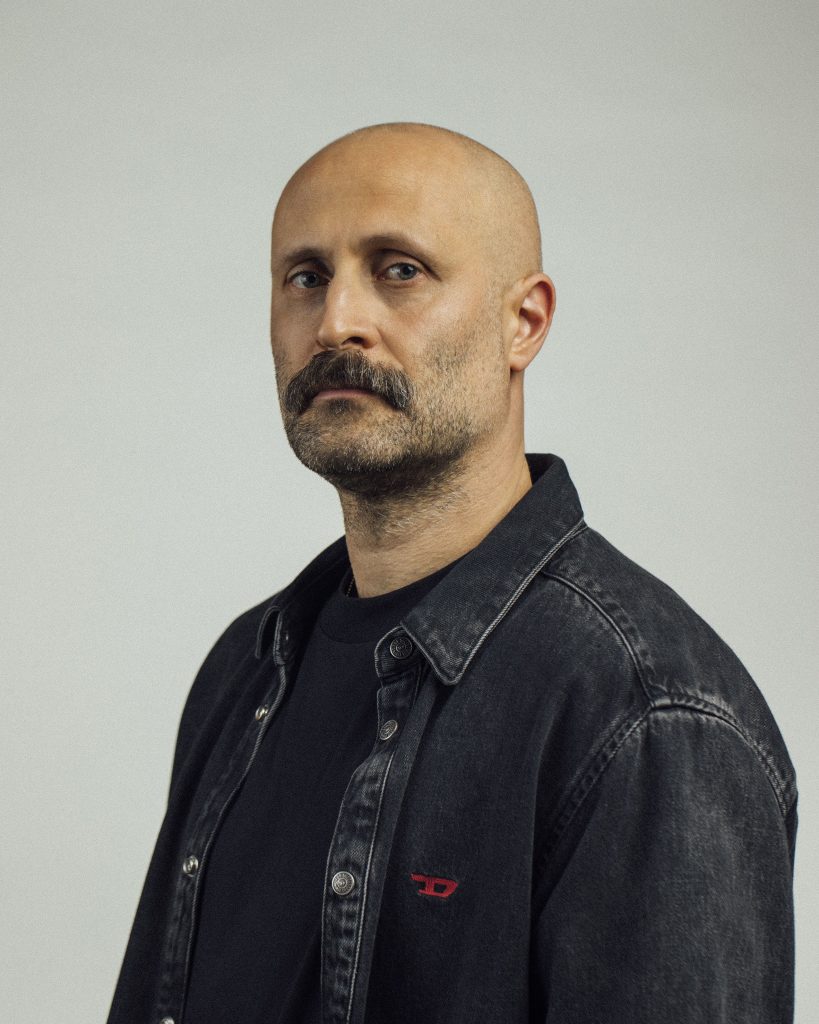
- You are from the largest Denim empire, Diesel. What sparked your curiosity about sustainability to make you get involved to create change in this way for the brand?
Actually, since I was young I’ve always seen so many products made from all around the world: Italy, Europe, Asia etc. in different ways and this made up my way of looking at clothes and the potential behind them in every form, waste included. I belong to Gen X and when I was a teenager my friends and I were pretty sensitive regarding the impact of the industry and we preferred the idea of making beauty out of waste, rather than throwing something away. That is probably how my curiosity about sustainability sparked. It’s kind of a hippy mentality that throughout time I have been slowly evolving to end up into a corporate system (first with my role as Sustainability Ambassador at Diesel and then as Sustainability Ambassador of OTB Group). I guess in the corporate environment it got more structured and sophisticated, but I like to think that my “hippy” mentality is still there!
- Circularity in manufacturing is the cycle of apparel manufacturing that is becoming increasingly popular. Has Diesel’s garment production changed to reduce the quantity of clothing that is made each season? Have the designs changed to reflect the circularity aspect to consumers?
At Diesel, our core focus is on the quality of our production rather than quantity, that we implement through our ‘For Responsible Living’ sustainability strategy that we launched in 2020. We work hard to maximize the amount of lower-impact and recycled materials in each collection while maintaining durability and quality of the garments we produce. Diesel is known for its distressed denim, but we compensate for this by working on garment construction and designing longevity into our jeans. The next episode of our Behind the Denim docuseries, which deep dives on how we produce our denim will be released in early August and it will indeed delve further into this topic. Regarding circularity, we have also created dedicated product collections that experiment with more circular design principles. In partnership with UNIDO (United Nations Industrial Development Organization) and one of our Tunisian suppliers, we piloted a closed-loop recycling system that takes our fabric cutting scraps and mechanically recycles them, shreds them and spins them into new yarns before weaving them into new denim fabrics. The fabric generated through this partnership has been used in our Diesel Library collection. Currently we are looking at new similar projects through the collaboration with other suppliers. In the meantime, we have been working to increase the amount of lower impact materials, including recycled ones, in our denim collection, reaching more than 50% “For Responsible Living” products.
However, we do acknowledge that across the industry, there needs to be a reduction in production, and an increase in propositions like resale, repair and other circular services.
- With the next generation being so in tune with sustainability in fashion, what message do you want to share with Gen Z and Gen Alpha about sustainability and Diesel?
We want the younger generation of customers to think more about their daily choices, about what they buy and how they live, and to carefully consider the impact each decision they make has. It’s important to communicate sustainability to customers in an easy and accessible way, so they can factor that information into how they shop. That’s why at Diesel, we’re committed to keeping the sustainability conversation going and we want it to be bold and fun, in line with Diesel’s tone of voice. That is what we did with our Behind the Denim documentary, that I just mentioned. We believe that sustainability isn’t just a trend – it’s a responsibility. That’s why we’re constantly working to innovate our materials, improve our production processes, and offer greater transparency on processes and materials used. Gen Z and Gen Alpha have the power to demand better from brands, and we’re here to rise to that challenge – together.
- What do you envision for the future and the younger generation?
I think for the future and younger generations we need to think about responsible products in a more affordable way, not at the expense of others but in consideration of the fact that more responsible and lower impact solutions will be the new normality. It is our challenge to find industry solutions that are in line with our quality standards, in line with our lower impact criteria and still in a good price range so that they can be accessible to a wider audience.
- What are your denim trend predictions – for instance – Do you see a comeback of skinny jeans?
Variety of fits are important, like skinny jeans, but this is something that concerns our Style Office. What we do as Sustainability Team is working with them by pushing boundaries not only in style but in finding more responsible solutions in fabric, trims or treatments.
From our point of view, we see sustainability as a growing factor in the way that jeans are designed, marketed and sold. Yes, they’re an impactful product to produce, but brands like Diesel are innovating ways to make denim production less environmentally taxing. At the same time, jeans are also a product that has potential to be worn and re-worn for years. Which brings me to another denim trend. Globally, we see a strong interest in second-hand or vintage denim. We see resale growing, and we want to be part of the conversation.
- What kind of jeans do you personally wear and why?
I’m actually more into comfort fit with no stretch. I’ve grown up in the 90’s with baggy pants and comfort fit on top, but I have to say I’m not a huge fan of long jeans with wide bottoms that drag on the ground, feels like you’re sweeping the pavement with every step. I prefer labor-style pants, striped denim, constructed herringbone and sulfur violet workwear types, they’ve got personality and hold up well.
You can and definitely should check out all the videos of the “Behind The Denim” docuseries here. Newest episode coming up ASAP, so stay tuned.

